- Common Reasons for Poor Seed Germination
- 1. Poor seed quality
- 2. Incorrect planting depth
- 3. Unsuitable soil conditions
- 4. Inadequate moisture
- 5. Extreme temperatures
- 6. Lack of light
- 7. Presence of pests and diseases
- 8. Competition from weeds
- 9. Improper seed storage
- 10. Insufficient scarification or stratification
- Insufficient watering during germination
- Causes of insufficient watering during germination
- Preventing insufficient watering during germination
- Poor quality or old seeds
- Incorrect planting depth
- Unfavorable temperature conditions
- Lack of sunlight
- Pest and disease infestation
- Overcrowding of seedlings
- Inadequate soil preparation
- Improper seed storage
- “Question-Answer”
- Why are my seeds not germinating?
- How can I ensure successful seed germination?
- What are some signs of poor seed germination?
- Can I use old seeds for planting?
- What is the ideal temperature for seed germination?
- “Video” You are being LIED to about saving and growing seeds for your garden
Seed germination is a crucial step in the process of growing plants. However, sometimes seeds fail to germinate, leading to a disappointing harvest. There are several common reasons for poor seed germination that every gardener should be aware of in order to ensure a successful harvest. In this article, we will explore the top 10 reasons for poor seed germination and provide tips on how to overcome these challenges.
1. Poor Quality Seeds: The quality of seeds plays a significant role in germination success. Using old or damaged seeds can result in poor germination rates. It is important to purchase seeds from reliable sources or save seeds from healthy plants to ensure high-quality seeds.
2. Incorrect Planting Depth: Planting seeds too deep or too shallow can affect germination. Each type of seed has a specific planting depth requirement, and it is essential to adhere to these guidelines. A general rule of thumb is to plant seeds at a depth of two to three times their size.
3. Inadequate Watering: Seeds require consistent moisture to germinate. Overwatering or underwatering can hinder germination. It is crucial to keep the soil consistently moist, but not waterlogged, during the germination period. Watering from below (using a tray or capillary mat) can help provide gentle and consistent moisture.
4. Unsuitable Temperature: Seeds have specific temperature requirements for optimal germination. Planting seeds outside their preferred temperature range can result in poor germination rates. It is important to research the ideal germination temperature for each type of seed and provide the appropriate conditions.
5. Lack of Light: Some seeds require light to germinate, while others need darkness. It is important to understand the light requirements of the seeds being planted. The general rule is to cover seeds that require darkness with a thin layer of soil or vermiculite and leave seeds that require light to germinate on the soil surface.
6. Poor Soil Conditions: Seeds need a suitable growing medium to germinate and establish roots. Using poor quality soil or soil that lacks the necessary nutrients can result in poor germination rates. It is important to prepare the soil by adding organic matter, such as compost, to improve its structure and fertility.
7. Pest and Disease Infestation: Pests and diseases can attack seeds and prevent germination. It is important to prevent pest and disease infestations by implementing proper hygiene practices and using organic pest control methods. Regularly inspecting seeds for signs of infestation and treating them promptly can improve germination rates.
8. Competition from Weeds: Weeds compete with seeds for nutrients, water, and light, thus affecting germination. It is important to remove weeds from the planting area before sowing seeds and regularly weed the area during the germination period. Mulching can also help suppress weed growth and conserve soil moisture.
9. Improper Seed Storage: Incorrect storage of seeds can lead to decreased viability and poor germination rates. Seeds should be stored in a cool, dry, and dark place in airtight containers. Avoid exposing seeds to extreme temperatures, humidity, or sunlight.
10. Inadequate Scarification: Some seed coats, especially of hard-shelled seeds, need to be scarified or broken before germination can occur. Scarification methods include soaking seeds in water, rubbing them with sandpaper, or using a knife to nick the seed coat. It is important to research if the seeds being planted require scarification and provide the necessary treatment.
“Understanding the common reasons for poor seed germination and taking appropriate measures to overcome these challenges is essential for every gardener. By following the guidelines mentioned in this article, you can increase the chances of successful germination and ultimately have a bountiful harvest.”
Common Reasons for Poor Seed Germination
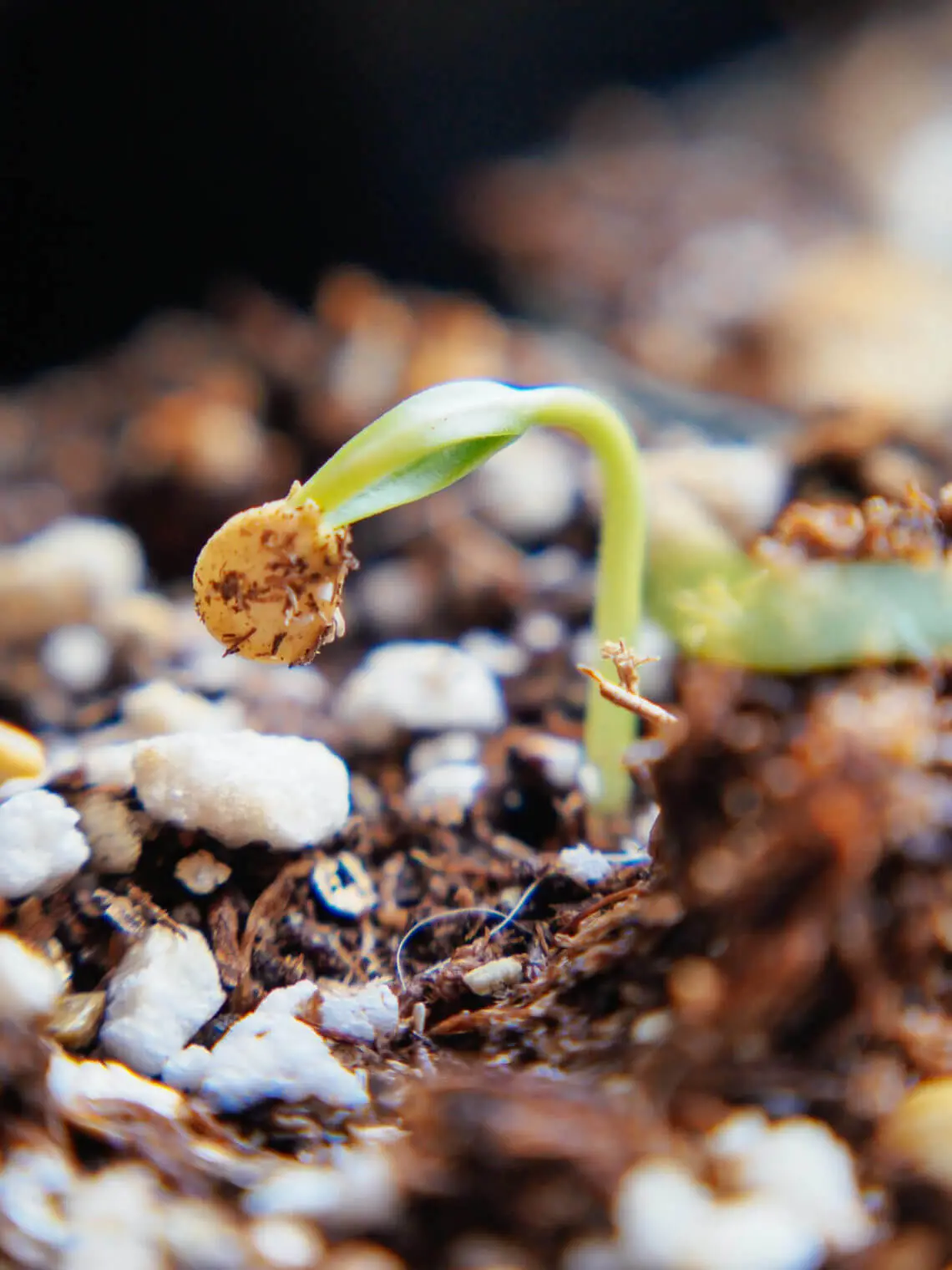
Seed germination is an essential process for successful gardening. However, there are several common reasons why seeds may fail to germinate. Understanding these reasons can help you take the necessary measures to ensure a successful harvest.
1. Poor seed quality
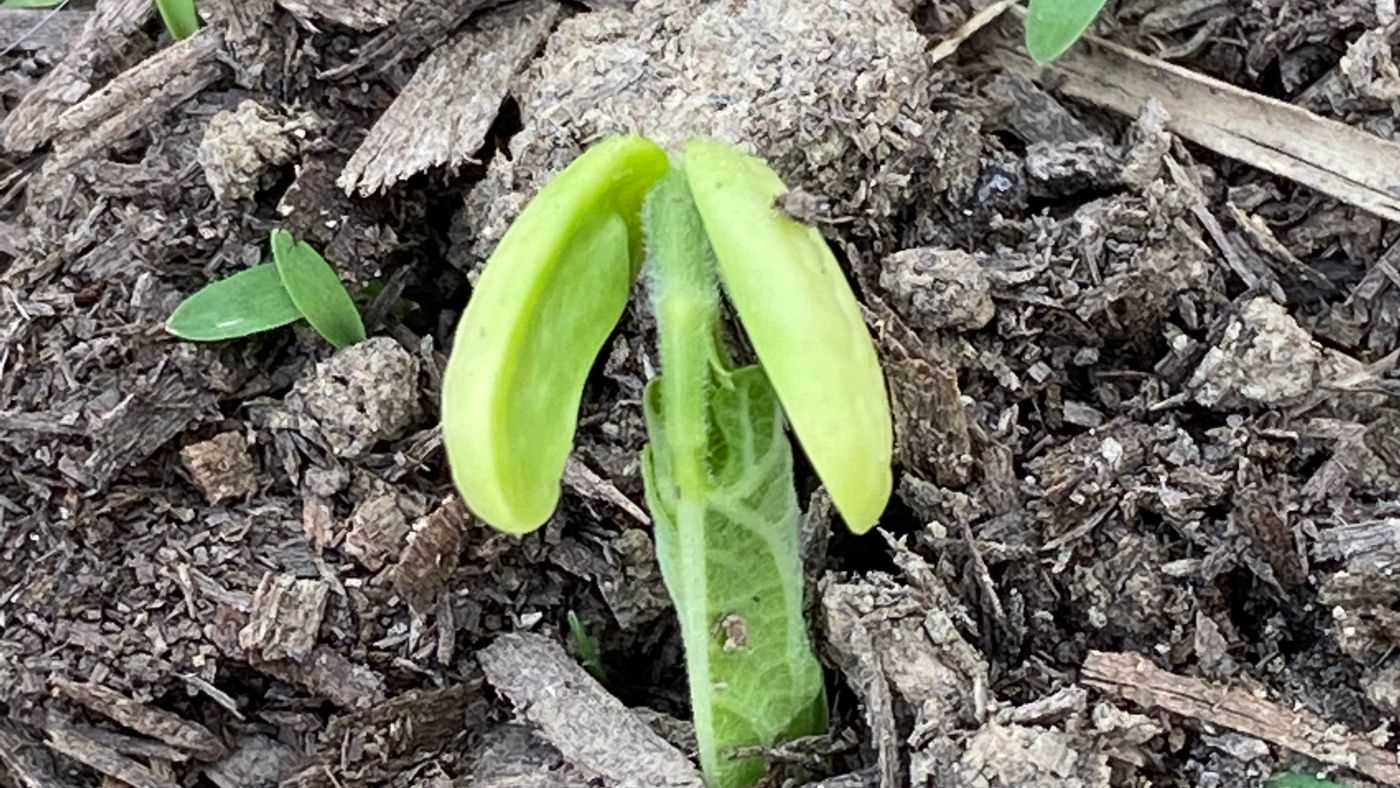
The quality of the seeds you use can significantly impact germination success. Using old or poor-quality seeds can result in low germination rates. It’s important to source high-quality seeds from reputable suppliers.
2. Incorrect planting depth
Planting seeds at the incorrect depth can prevent them from germinating. Seeds should generally be planted at a depth that is two to three times their size. This allows for proper moisture absorption and gas exchange.
3. Unsuitable soil conditions
Seeds require favorable soil conditions to germinate. Poor soil quality, excessive acidity or alkalinity, or compacted soil can inhibit germination. It’s essential to prepare the soil properly before sowing seeds.
4. Inadequate moisture
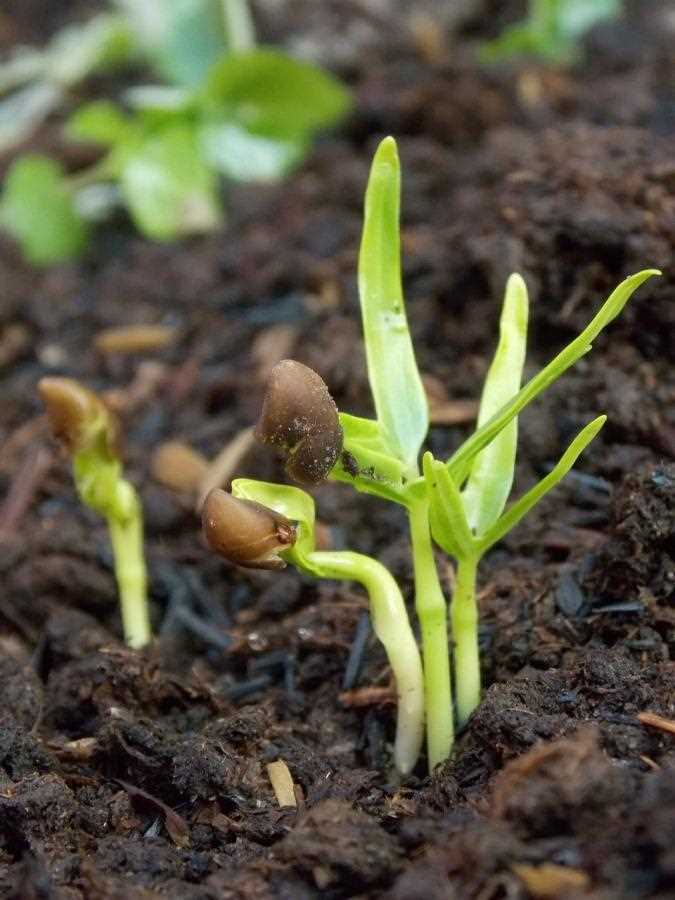
Adequate moisture is crucial for seed germination. If the soil is too dry or too wet, seeds may fail to germinate. It’s important to provide consistent moisture levels throughout the germination period.
5. Extreme temperatures
Extreme temperatures, either too hot or too cold, can hinder seed germination. Seeds have specific temperature requirements for germination. It’s important to provide the optimal temperature range for the specific seeds you are planting.
6. Lack of light
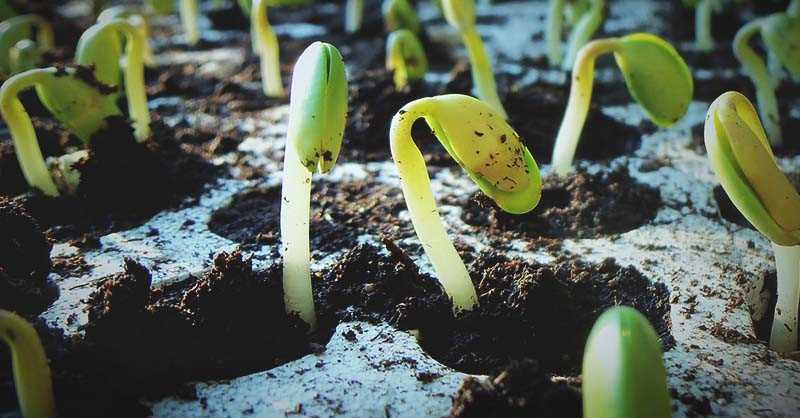
While some seeds require light for germination, others may be inhibited by light. It’s important to understand the light requirements of the seeds you are planting and provide the appropriate conditions.
7. Presence of pests and diseases
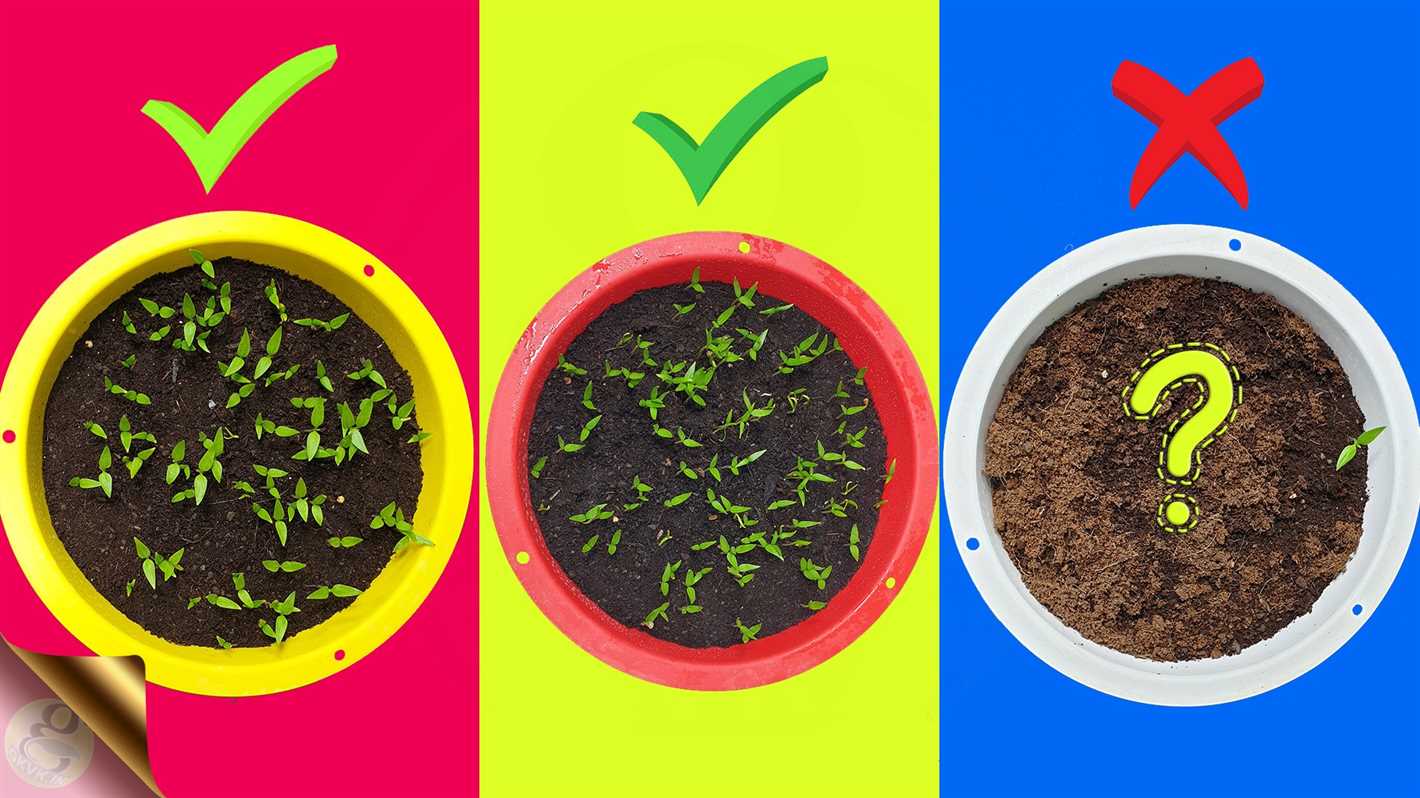
Pests and diseases can damage seeds and prevent germination. It’s important to control pests and diseases in your garden to ensure the health and germination success of your seeds.
8. Competition from weeds
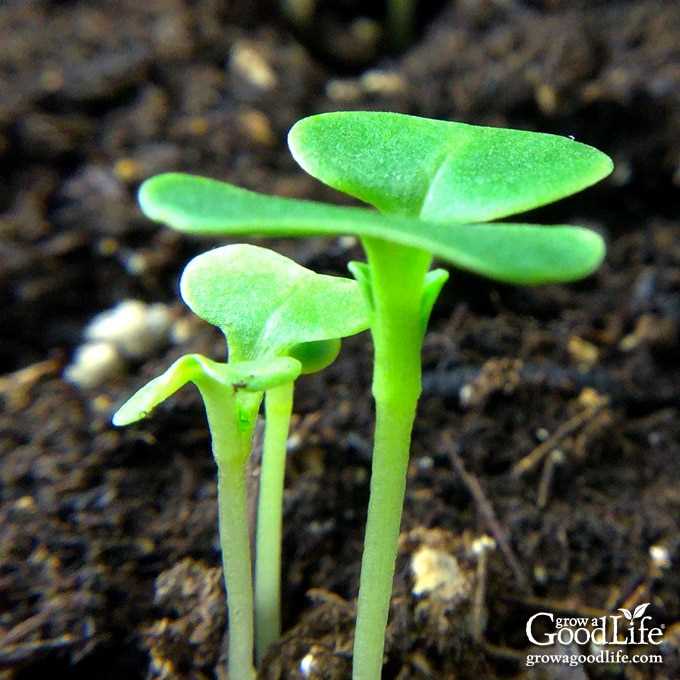
Weeds can compete with seeds for resources like nutrients, sunlight, and moisture, reducing germination rates. It’s important to keep your garden free from weeds to give your seeds the best chance to germinate.
9. Improper seed storage
If seeds are not stored correctly before planting, their viability can be affected. Exposure to moisture, extreme temperatures, or improper packaging can reduce germination rates. It’s important to store seeds in cool, dry conditions.
10. Insufficient scarification or stratification
Some seeds require scarification (breaking the seed coat) or stratification (exposure to cold temperatures) to germinate. Failure to provide these treatments for seeds with specific requirements can result in poor germination.
By considering these common reasons for poor seed germination and taking appropriate actions, you can increase your chances of a successful harvest and a thriving garden.
Insufficient watering during germination
Water is a crucial element for seed germination. If the seeds do not receive enough water during this critical stage, germination may be delayed or inhibited, leading to poor seedling establishment and growth. Proper watering is essential in ensuring a successful harvest.
Causes of insufficient watering during germination
There are several reasons why insufficient watering may occur during the germination process. These include:
Inadequate soil moisture: If the soil is not adequately moist, the seeds may not be able to absorb enough water for germination. Dry soil can inhibit germination and prevent the seeds from sprouting.
Improper watering technique: Watering too little or too much can both be detrimental to seed germination. Overwatering can lead to waterlogged soil, which can suffocate the seeds and promote the growth of fungi and diseases. Underwatering, on the other hand, can prevent the seeds from obtaining the moisture they need to germinate.
Watering at the wrong time: Timing is important when it comes to watering during germination. If the seeds are not watered promptly after sowing, they may dry out and fail to germinate. Similarly, if the seeds are watered too often or at the wrong time of day, it can negatively impact germination.
Preventing insufficient watering during germination
To ensure sufficient watering during germination, consider the following tips:
Check soil moisture: Before sowing the seeds, make sure the soil is adequately moist. It should be damp but not waterlogged. If the soil is dry, water it thoroughly before planting.
Use proper watering technique: Water the seeds gently and evenly, using a fine mist or a watering can with a sprinkler head. Avoid pouring water directly onto the seeds, as this may dislodge them or create puddles that can drown the germinating seeds.
Water at the right time: Water the seeds immediately after sowing to prevent them from drying out. Water early in the morning or late in the evening to minimize evaporation and allow the moisture to penetrate the soil effectively.
Monitor soil moisture: Regularly check the soil moisture levels during germination. Stick your finger into the soil to assess its moisture content. If it feels dry, water the seeds gently to maintain optimal moisture levels.
Poor quality or old seeds
One common reason for poor seed germination is the use of poor quality or old seeds. This can greatly affect the success of your harvest. It is important to ensure that you are using high-quality, fresh seeds to give your plants the best chance of germination.
How to identify poor quality or old seeds:
- Check the expiration date: Many seed packets have an expiration date printed on them. If the seeds are past their expiration date, they may have a lower germination rate.
- Inspect the seeds: Look for any signs of damage or mold on the seeds. Healthy seeds should be plump and firm, while old or poor-quality seeds may appear shriveled or discolored.
- Perform a germination test: If you are unsure about the quality of your seeds, you can perform a germination test. Place a few seeds on a damp paper towel or in a small container with moist soil and see how many seeds germinate. If only a small percentage of seeds germinate, it indicates that the seeds are of poor quality or old.
How to prevent using poor quality or old seeds:
- Buy from reputable seed suppliers: Purchase seeds from trusted suppliers who have a good reputation for providing high-quality seeds.
- Store seeds properly: Proper storage is crucial to maintaining the viability of seeds. Keep seeds in a cool, dry place in airtight containers or envelopes. Avoid exposing them to heat or moisture, as this can decrease their germination rates.
- Rotate your seed stock: It is a good practice to use your seeds within a few years and not hold on to them for too long. Rotate your seed stock by using the older seeds first and replacing them with fresh ones.
By taking the necessary precautions to ensure that you are using high-quality, fresh seeds, you can greatly increase the chances of successful germination and ultimately, a bountiful harvest.
Incorrect planting depth
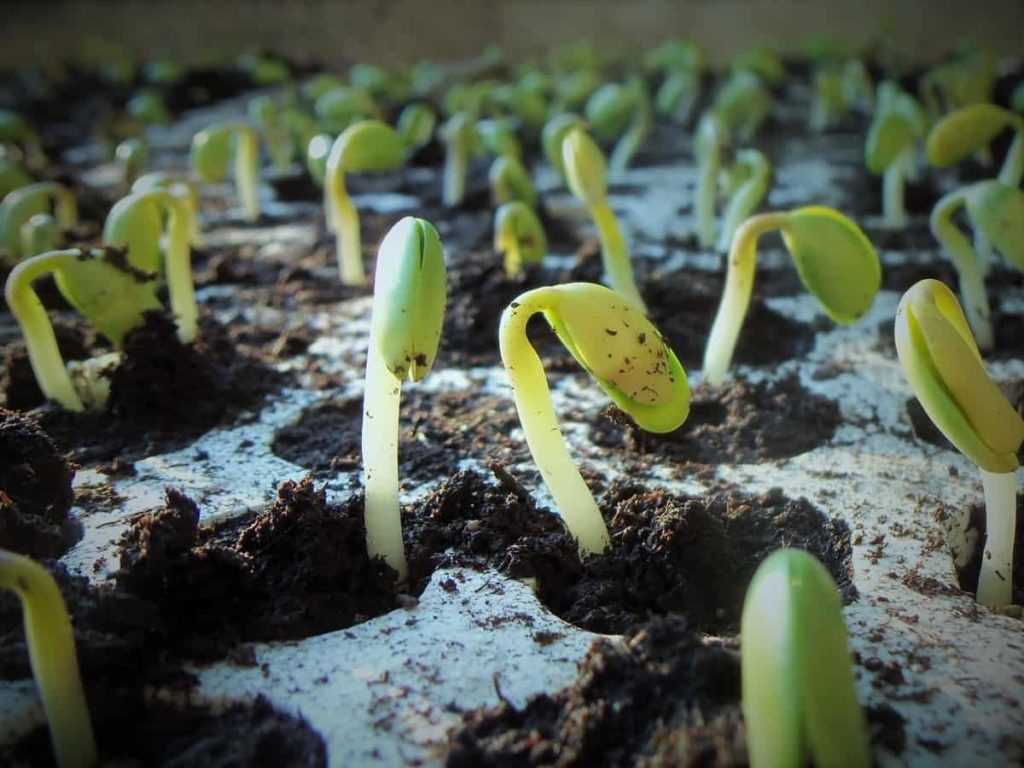
A common mistake that can lead to poor seed germination is planting seeds at an incorrect depth. If seeds are planted too deep, they may not receive enough light or oxygen to germinate properly. On the other hand, if seeds are planted too shallow, they may be more susceptible to drying out or being eaten by birds or other pests.
It is important to read the seed packet or reference materials to determine the correct planting depth for each type of seed. Some seeds, like lettuce or carrots, require very shallow planting depths, while others, like beans or corn, need to be planted deeper.
One way to ensure the correct planting depth is to use a ruler or measuring tape to measure the depth of the hole before planting the seeds. Another method is to lightly press the seeds into the soil with your fingers or a tool, making sure they are at the proper depth.
Additionally, it is important to consider the soil type when determining the correct planting depth. In heavy or clay soils, seeds should be planted slightly shallower to allow for better drainage, while in sandy soils, seeds may need to be planted slightly deeper to ensure they have enough moisture.
By paying attention to the correct planting depth, gardeners can greatly increase the chances of successful seed germination and ultimately, a bountiful harvest.
Unfavorable temperature conditions
Temperature plays a crucial role in seed germination. Seeds have specific temperature requirements for germination, and if the conditions are not met, the germination rate can be significantly reduced or even completely inhibited.
Low temperatures:
- Seeds that require warm temperatures may fail to germinate if the soil temperature is too cold.
- Planting seeds too early in the spring, when the soil is still too cold, can lead to poor germination.
- In some cases, cold stratification may be required for certain seeds to break dormancy.
High temperatures:
- Seeds that require cool temperatures may not germinate if exposed to high temperatures.
- Extreme heat can also cause the soil to dry out quickly, making it difficult for seeds to absorb enough moisture for germination.
Variation in temperature:
- Fluctuating temperatures can cause stress to seeds and hinder germination.
- Wide temperature variations between day and night can negatively affect the germination process.
How to address unfavorable temperature conditions:
- Check the temperature requirements for the specific seeds you are planting.
- Monitor the soil temperature using a soil thermometer.
- Adjust planting times to ensure the soil temperature is within the recommended range for germination.
- Consider using protective measures, such as row covers or mulch, to regulate soil temperature.
- Provide shade or use shade cloths in areas with high temperatures to cool the soil.
In conclusion, understanding the temperature requirements of seeds and providing optimal conditions is essential for successful germination and a bountiful harvest.
Lack of sunlight
Lack of sunlight is one of the common reasons for poor seed germination. Sunlight is essential for the process of photosynthesis, which is crucial for the development of healthy plants. Without enough sunlight, seeds may struggle to germinate and grow properly.
There are a few factors that can contribute to a lack of sunlight for seeds. These include planting seeds in shady areas or in areas that are blocked by tall plants or structures. Inadequate sunlight can also result from planting seeds during seasons with less sunlight, such as winter.
To ensure successful seed germination, it is important to choose a planting location that receives an adequate amount of sunlight. Most plants require at least 6 hours of direct sunlight per day, while some may need more. This can vary depending on the specific plant species, so it is important to research the sunlight requirements for the seeds you are planting.
If you are planting seeds in an area with limited sunlight, there are a few strategies you can use to increase the amount of sunlight reaching the seeds. This can include trimming back tall plants or structures that may be blocking the sunlight, or choosing a different location with more sunlight. Additionally, you can consider using reflective materials to redirect and amplify sunlight towards the seeds.
It is also important to monitor the sunlight conditions throughout the day and make adjustments as needed. This can include moving pots or trays to areas with better sunlight exposure or using additional artificial lighting, such as grow lights, to supplement natural sunlight.
By addressing the issue of lack of sunlight, you can significantly increase the chances of successful seed germination and ensure a bountiful harvest of healthy plants.
Pest and disease infestation
One common reason for poor seed germination is pest and disease infestation. Pests such as insects or rodents can damage seeds and prevent them from germinating properly. Additionally, diseases caused by fungal or bacterial infections can affect seed viability and germination rates.
Common pests and diseases affecting seed germination:
- Seedcorn maggots: These small fly larvae feed on germinating seeds, causing rot and death of the seedlings.
- Wireworms: These soil-dwelling pests feed on seeds and seedlings, causing damage and preventing germination.
- Damping-off: This fungal disease affects seedlings and can cause them to rot and die before or after germination.
- Pythium root rot: This fungal disease affects the roots of seedlings and can lead to poor germination and stunted growth.
- Fusarium wilt: This soil-borne fungal disease can affect germination and cause wilting and death of seedlings.
Preventing and managing pest and disease infestation:
- Practice good garden hygiene by removing plant debris and weeds that can harbor pests and diseases.
- Rotate crops to prevent the build-up of pests and diseases in the soil.
- Use disease-resistant seed varieties whenever possible.
- Use organic pest control methods such as insecticidal soaps or neem oil to manage pests.
- Keep the garden well-drained to reduce the risk of fungal infections.
- Monitor the garden regularly for signs of pests or diseases and take action promptly if detected.
By taking steps to prevent and manage pest and disease infestation, you can improve seed germination rates and ensure a successful harvest.
Overcrowding of seedlings
Overcrowding of seedlings is a common cause of poor seed germination. When seedlings are overcrowded, they compete for nutrients, water, and sunlight, which can hinder their growth and development. This can result in weak, spindly plants that are more susceptible to diseases and pests.
There are several factors that can contribute to overcrowding of seedlings:
- Planting too many seeds: When seeds are sown too closely together, there is not enough space for each seedling to grow and develop properly.
- Not thinning seedlings: If seedlings are not thinned out, they will grow too close together and compete for resources.
- Using small containers: If seedlings are started in small containers, they can quickly become overcrowded as they grow.
To ensure optimal seed germination, it is important to address the issue of overcrowding:
- Properly space out seeds: Follow the recommended spacing guidelines for each type of seed to ensure that there is enough room for each seedling to grow.
- Thin out seedlings: Once seedlings have grown a few inches tall, carefully remove the weaker seedlings, leaving only the strongest and healthiest plants.
- Use larger containers: If starting seeds indoors, use larger containers to provide ample space for seedlings to grow without becoming overcrowded.
By taking these steps to prevent overcrowding of seedlings, gardeners can ensure that their plants have the best chance of success and a bountiful harvest.
Inadequate soil preparation
Inadequate soil preparation can be a major factor in poor seed germination. The quality of the soil plays a crucial role in providing the necessary nutrients, moisture, and aeration that seeds require to develop and sprout.
Here are some common issues related to inadequate soil preparation that can affect seed germination:
- Poor drainage: Seeds need well-drained soil to prevent waterlogging, which can suffocate the roots and prevent germination. If the soil is heavy and compacted, it can lead to water pooling on the surface and create an unfavorable environment for seeds.
- Lack of organic matter: Organic matter, such as compost or well-rotted manure, improves soil structure and provides essential nutrients. If the soil lacks organic matter, it can lead to nutrient deficiencies, compacted soil, and poor water retention.
- Improper pH levels: Some plants have specific soil pH requirements for optimal germination. If the soil pH is too acidic or alkaline, it can affect seed viability and hinder germination.
To ensure adequate soil preparation for seed germination:
- Start by testing the soil to determine its pH and nutrient levels.
- Add organic matter, such as compost or well-rotted manure, to improve soil structure and fertility.
- Amend the soil if necessary to adjust the pH levels based on the specific requirements of the seeds you are planting.
- Ensure proper drainage by amending heavy soil with sand or organic matter.
- Remove any debris or rocks that may hinder root growth.
By adequately preparing the soil, you can create a favorable environment for seed germination, leading to a successful harvest.
Improper seed storage
Proper seed storage is crucial for maintaining seed viability and ensuring successful germination. Poor seed storage can lead to decreased seed quality and germination rates. Here are some common mistakes and issues related to improper seed storage:
- Exposure to moisture: Storing seeds in a damp environment can cause them to absorb moisture, leading to mold growth and rot. It is important to store seeds in a dry, cool place to prevent moisture damage.
- Incorrect temperature: High temperatures can decrease seed viability, while freezing temperatures can cause seed damage. Seeds should be stored at a consistent, cool temperature to maintain their quality.
- Excessive light: Exposure to light can reduce seed germination rates. To protect seeds from light, they should be stored in opaque containers or in a dark location.
- Poor air circulation: Inadequate air circulation can lead to the build-up of humidity around stored seeds. This can promote mold growth and decrease seed viability. It is important to ensure proper air circulation in the storage area.
- Improper containers: Using improper containers, such as plastic bags, can trap moisture around the seeds and promote mold growth. Seeds should be stored in breathable containers such as paper envelopes or glass jars with ventilated lids.
- Incorrect handling: Rough handling of seeds can cause physical damage and decrease their viability. Seeds should be handled with care and stored in a location where they will not be subjected to frequent movement or vibrations.
- Exceeded storage duration: Seeds have a limited storage life, and their viability decreases over time. It is important to check the recommended storage duration for each type of seed and discard any old or expired seeds.
- Contamination: Storing seeds in a contaminated environment can introduce pathogens or pests that can damage the seeds. It is essential to store seeds in a clean and pest-free area.
By avoiding these common mistakes and ensuring proper seed storage conditions, you can increase the likelihood of successful seed germination and a bountiful harvest.
“Question-Answer”
Why are my seeds not germinating?
There could be several reasons why your seeds are not germinating. It could be due to old or low-quality seeds, improper planting depth or spacing, lack of water or excessive watering, improper temperature or light conditions, or disease or pest infestation.
How can I ensure successful seed germination?
To ensure successful seed germination, you should start with high-quality seeds from a reputable source. Follow the recommended planting depth and spacing for each type of seed. Provide consistent moisture, but avoid overwatering, as it can lead to fungal diseases. Maintain the proper temperature and light conditions for each type of seed. Take measures to prevent disease and pest infestations, such as using sterile soil and keeping the planting area clean.
What are some signs of poor seed germination?
Some signs of poor seed germination include seeds taking longer than usual to sprout, a low germination rate (few seeds sprouting), or seeds not sprouting at all. It is important to regularly check on your seeds and look for these signs so that you can take appropriate action if necessary.
Can I use old seeds for planting?
Old seeds can still be viable for planting, but their germination rates might be significantly lower. To increase the chances of success, you can perform a germination test before planting. Place a few seeds on a moist paper towel and keep them in a warm place for a specified period of time. If most of the seeds sprout, you can go ahead and plant them. If not, it’s better to invest in fresh seeds.
What is the ideal temperature for seed germination?
The ideal temperature for seed germination varies depending on the type of seed. Generally, most seeds germinate well at temperatures between 65°F and 75°F (18°C and 24°C). However, some seeds may require cooler or warmer temperatures, so it’s important to check the specific requirements for each type of seed you are planting.







